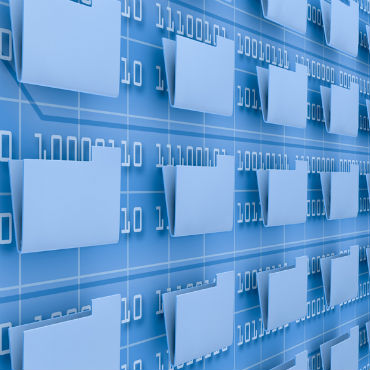Super categories, supercomputers, analytics acquisitions and Microsoft clouds

News and notes from around the federal IT community.

GSA acquisition platform gains a strategic ally
GSA’s Anne Rung and Tom Sharpe of the Federal Acquisition Service co-posted a blog item Jan. 7 exploring the momentum behind GSA’s Common Acquisition Platform initiative, highlighting last month’s Strategic Sourcing and Leadership Council approval of a proposal to divide the federal marketplace into 10 “super categories.”
The SSLC move provides a federal ally for FAS’s category management program announced in April that is aimed at reducing redundant acquisition programs.
The 10 "super categories" comprise the most commonly purchased services, and account for an estimated $227 billion in annual spending. The top three categorical expenditures listed by Rung and Sharpe were facilities & construction ($72.1 billion), professional services ($64.6 billion) and information technology ($47.4 billion).
By strategically dividing acquisitions into categories and having the government operate as a singular enterprise, the Office of Federal Procurement Policy and SSLC hope to provide procurement officials with a transparent environment that will eliminate redundancies and reduce costs. GSA, SSLC and OFPP will be working over the next several months to create guidelines for implementing government-wide category management and, agency leaders hope, lay the foundation for the future of government procurement.
DOE: Commercial cloud behind the curve
Even as commercial cloud service providers look to expand their capabilities to handle users' big data needs, their technology pales in comparison to the high-performance computing capabilities owned and operated by the Department of Energy's national laboratories, said a top federal supercomputer director.
Speaking on a Jan. 7 panel at the DOE's OCIO High Performance Computing Technology Summit, Buddy Bland, director of the Oak Ridge Leadership Computing Council, said emerging commercial cloud-based, high-performance computing capabilities aren't comparable to the supercomputing capabilities offered through the DOE.
DOE's National Labs have some of the most notable high-performance computing resources around, including what it says are 32 of the 500 fastest supercomputers in the world. The labs make those computing facilities available to researchers from industry and academia.
In the commercial world, Bland said, computers that cost $500,000 or more are considered "high performance." Compared to the multiple $100 million dollar supercomputing assets at national lab facilities, "there's a big difference," he said.
SAP NS2, LexisNexis move to expand analytics offerings
As agencies continue to bring data analytics into their operations, contractors are moving to give them both more data and better ways to parse it.
SAP National Security Services announced on Jan. 7 that it is investing in Babel Street -- a "multilingual, geo-enabled, text analytics firm." The two firms intend to collaborate on bringing more open-source intelligence into the analytics systems used by the national security community.
That news came a day after Lexis Nexis announced plans to buy BAIR Analytics; Washington Technology reported that the latter move aims "to improve the investigative solutions [Lexis Nexis] sells to law enforcement agencies."
Microsoft Dynamics CRM Online for Government now available
Microsoft Dynamics CRM Online for Government is now generally available to all U.S. government customers and partners, GCN reports.
First announced last month, CRM Online for Government is based on the Microsoft Dynamics’ public cloud offering, designed for FedRAMP compliance and operated by cleared personnel in the continental United States. Featuring core case management functionality, Dynamics CRM Online Government lets agencies modernize business applications quickly and inexpensively, according to Microsoft.


